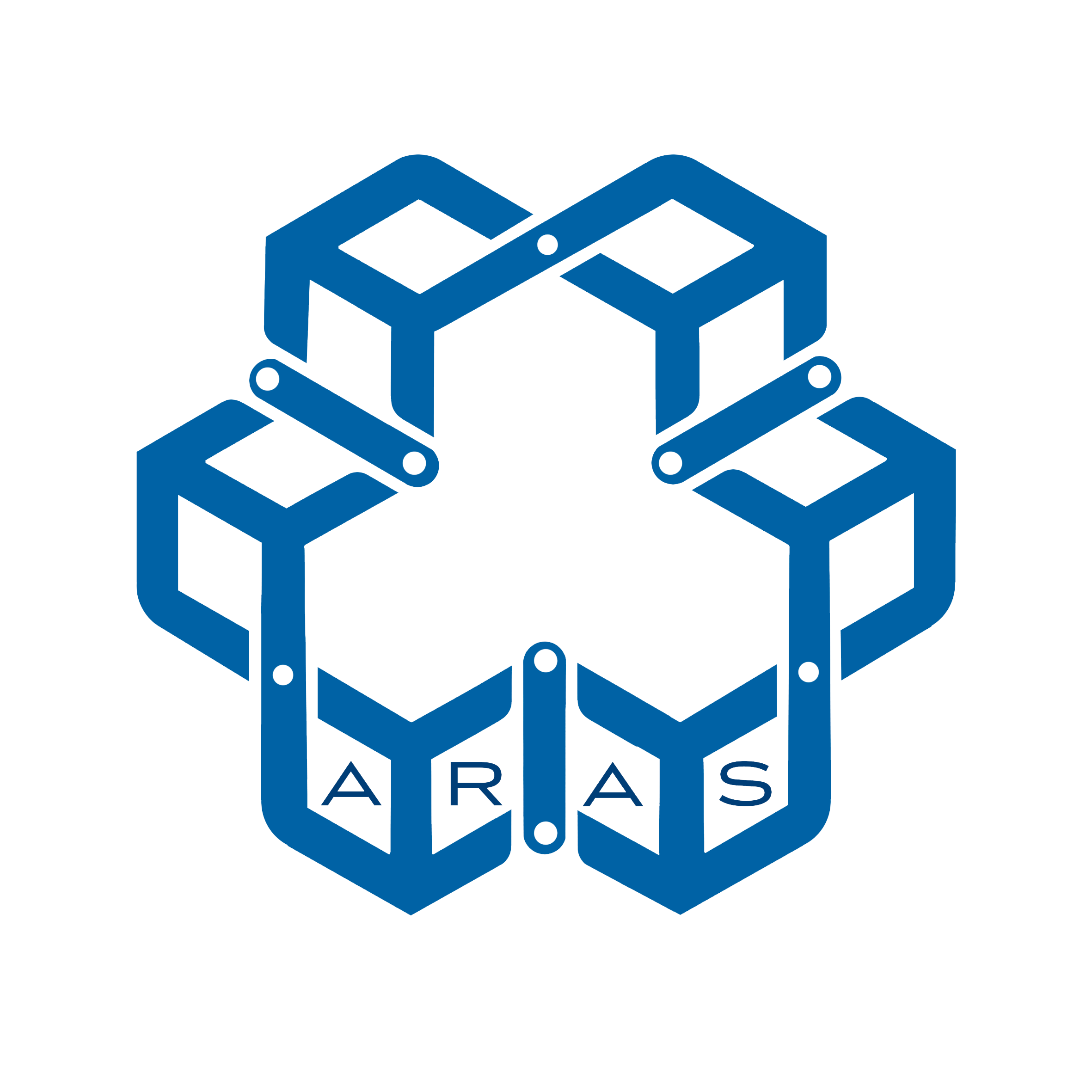This course aims to introduce the basic concept of linear feedback control to the students. As the first and main course in control, special emphasis is on the analysis of feedback control systems, especially on the stability analysis. First modeling of the systems with transfer functions, and block diagrams are introduced, and flow graphs and Mason rule for its simplification is taught. Then the time response characteristics of the first and second-order systems are explained, and the stability analysis is started using Roth-Horowitz criteria. Next static feedback compensation, and stability analysis through the Root Locus method are detailed, and then the frequency response method and Bode, Nyquist, and Nichols’s charts are elaborated. Finally, Dynamic compensation and the general method of feedback controller design for lead-lag and PID’s are explained, based on the frequency response method. The expertise obtained by the students in this course is examined in a thorough and comprehensive design task as a term project.
Linear Control Systems Course
Tentative Course Timetable
| Time: | Teaching Contents |
| Week 1 | Introduction: Why feedback, conceptual components of feedback systems, physical components of feedback systems, the magic of feedback, the characteristics of feedback systems, stability, tracking, disturbance attenuation, noise rejection, and insensitivity to model uncertainty. |
| Week 2 | System Representation: Laplace transform, modeling of the systems with transfer functions, block diagrams, simplifications rules, signal flow graph, Mason rule, permanent magnet DC motor model, state-space representation. |
| Week 3 | Linear system time response: impulse and step response, first and second-order time response characteristics, rise time, settling time, steady-state error, overshoot, decay ratio, time, and frequency domain relation. |
| Week 4 | Stability analysis: BIBO stability definition, characteristic polynomials, poles, stability condition, Routh – Horwitz stability criteria. |
| Week 5 | Root Locus: Closed-loop pole relation to the loop gain, Root locus graphical method of pole representation, magnitude, and angle laws. |
| Week 6 | Root Locus: Rules of root locus representation, gain selection, static feedback design, desired characteristics, time, and frequency domain relation. |
| Week 7 | Root Locus: The effect of adding poles and zeros, Controller design with RL, P, PD, Lead and Lag Controller design with the use of RL. |
| Week 8 | Midterm Exam |
| Week 9 | Frequency Analysis: Bode response, Bode theorem, the relation between magnitude and phase, cross over frequency, quick bode diagram plot, first and second-order systems, unstable and non-minimum phase systems, higher-order systems. |
| Week 10 | Frequency Analysis: Nyquist diagram, Nyquist plot from bode diagram, conformal map, Cauchy argument principle, Nyquist contour, encirclements, and the number of closed-loop poles, Nyquist stability criteria. |
| Week 11 | Frequency Analysis: Ultimate point, stability characteristics, poles and zeros on the imaginary axis, the relation between Bode and Nyquist plot, encirclements, and the number of closed-loop poles, Nyquist plot for simple to challenging examples. |
| Week 12 | Frequency Analysis: Motivation, peak resonance, resonant frequency, bandwidth, gain and phase cross-over frequencies, roll-off rate, the frequency response of second-order systems. |
| Week 13 | Dynamic feedback design: Basic definitions, stability margins, gain, and phase margin, stability margins from bode diagram, Nichols chart, M circles, sensitivity, and complementary sensitivity transfer functions, loop gain, and feedback characteristics in Nichols chart. |
| Week 14 | Dynamic compensator design: P controller design based on stability margin, Lead and PD controller design based for bandwidth compensation, Lag and PI controller design for steady-state compensation on disturbance inputs. Lead-Lag and PID controller design, simulation, and tuning techniques, comprehensive example. |
| Week 15 | Sensitivity-based feedback controller design: Motivation, sensitivity function and its complement, desired complementary sensitivity functions, design of casual controllers, stability concern and interpolation condition theorem, controller design for unstable, non-minimum phase systems, design examples. |
Reference Books:
| 1 | Modern control systems, R.C. Dorf and R.H. Bishop, 13th Edition, Prentice-Hall, 2017. |
| 2 | Automatic control systems, 10th Edition, Farid Golnaraghi, and Benjamin C. Kuo, Wiley, 2017. |
| 3 | Modern control engineering, Katsuhiko Ogata, 5th ed., NJ, Prentice-Hall, |
| 4 | Control engineering: a modern approach, Pierre Bélanger, Saunders College Pub., 1995. |
| 5 | سيستمهاي کنترل خطي، دکتر علي خاکي صديق، انتشارات دانشگاه صنعتی خواجه نصیرالدین طوسی، چاپ دوم، 1399 |
| 6 | کنترل و سیستمهای دینامیک، علی غفاری، عادل مقصود پور و علیرضا پورممتاز، انتشارات دانشگاه صنعتی خواجه نصیرالدین طوسی، 1399 |
Please fill out your credentials if you are attending the class.
Lecture Notes
Assignments
Exams
Final | Solution
Researches
Research Task 01
What are the main objectives to go from the time domain analysis to Laplace or frequency domain analysis
Research Task 02
Define at least four different types of stability for dynamical systems.
Research Task 03
Now that you have learned more about frequency response, re-examine research task 01.
Research Task 04
Why do we consider stability margin for controller design? What is the main reason to consider any stability margin?
Research Task 05
Why controlling a non-minimum phase system is challenging? give us some physical system examples, and provide intuitive and rigorous analysis.

